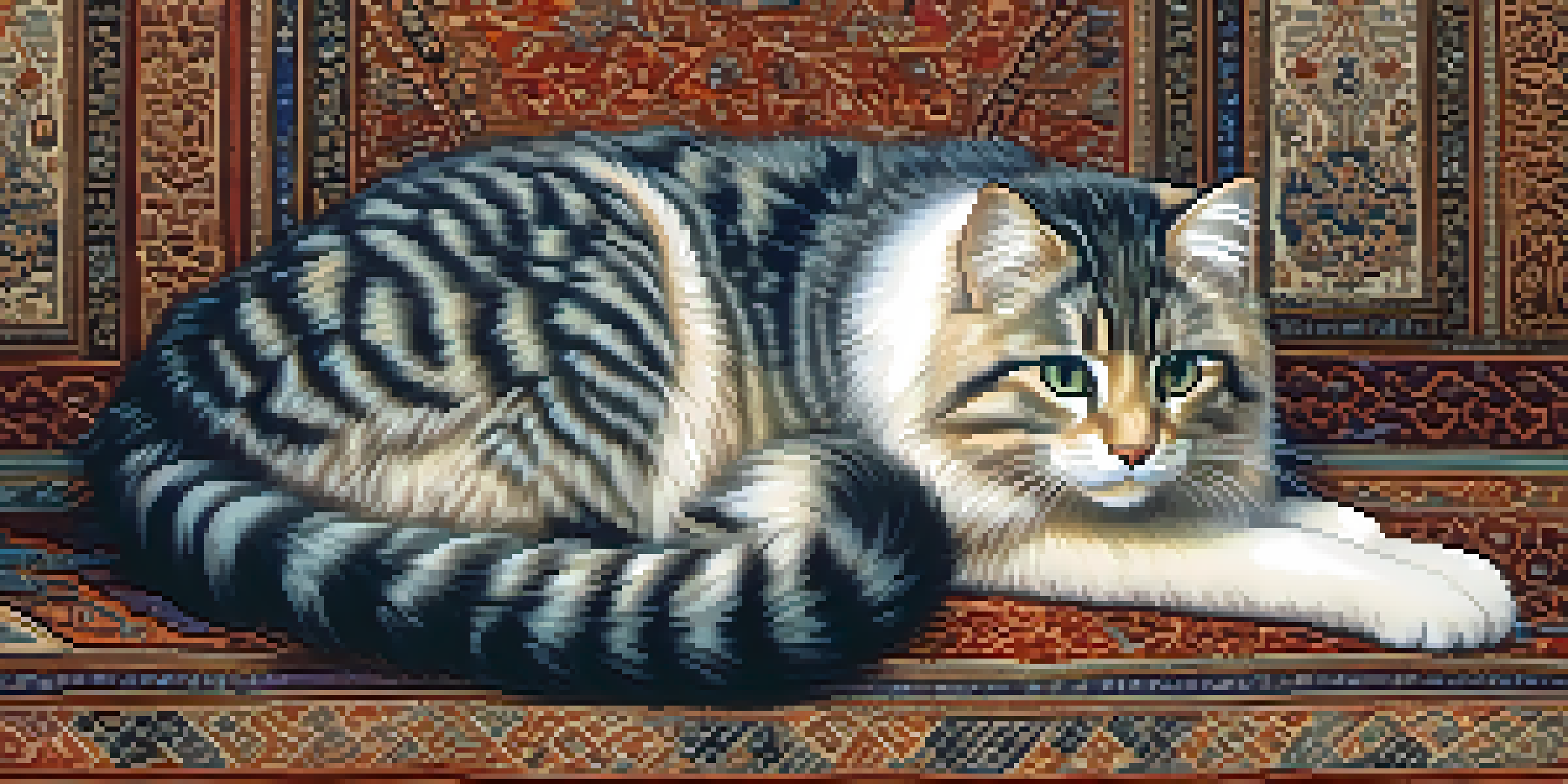The Santur: A Persian Hammered Dulcimer of Beauty

The Origins of the Santur in Persian Culture
The Santur, a stunning hammered dulcimer, has roots deeply embedded in Persian culture, tracing back thousands of years. Its earliest appearances can be linked to ancient civilizations like the Sumerians and Persians, where it played a pivotal role in musical traditions. As a result, the Santur has not only shaped the soundscapes of Iran but also influenced various music genres across the Middle East. Today, it stands as a symbol of cultural heritage, connecting modern audiences with their rich historical roots.
Understanding the Anatomy of the Santur
At first glance, the Santur's design captures attention with its elegant shape and intricate craftsmanship. Typically made from wood, it features a trapezoidal body with numerous strings stretched across its surface. The strings are struck with mallets, allowing for a unique resonance that distinguishes the Santur from other instruments. This acoustic quality, combined with its visual allure, makes it a favorite among musicians and artisans alike.
Santur's Rich Cultural Heritage
The Santur is a symbol of Persian culture, connecting modern audiences to their historical roots through its ancient musical traditions.
How the Santur is Played: Techniques and Styles
Playing the Santur requires a delicate touch and a deep understanding of its melodic capabilities. Musicians use two mallets to strike the strings, creating a beautiful array of sounds that can evoke emotions ranging from joy to melancholy. Different playing techniques, such as glissandos and rapid strikes, contribute to its versatility in various music genres. Whether in classical Persian compositions or contemporary fusion, the Santur adapts seamlessly to diverse musical styles.
The Santur's Role in Persian Music Traditions
In Persian music, the Santur holds a crucial role, often serving as a lead instrument in ensembles. Its ability to produce intricate melodies makes it a favorite for both solo performances and collaborative pieces. The instrument is commonly featured in traditional Persian classical music, where it helps convey the deep emotional narratives embedded within the compositions. This connection to storytelling underscores why the Santur continues to resonate with audiences today.
Versatile Instrument in Music
With its unique sound and playing techniques, the Santur adapts to various genres, from classical Persian to contemporary fusion.
Cultural Significance and Symbolism of the Santur
Beyond its musical attributes, the Santur carries significant cultural symbolism in Persian society. It is often associated with peace, harmony, and the beauty of nature, reflecting the philosophical ideals of Persian art. The instrument is frequently used in celebrations, weddings, and festivals, where its sounds uplift the spirit and foster connection among people. This cultural reverence contributes to its enduring legacy as more than just a musical instrument.
Modern Adaptations and Global Influence of the Santur
In recent years, the Santur has seen a resurgence in popularity, both within Iran and internationally. Musicians from various backgrounds are incorporating the Santur into diverse genres, from jazz to world music, showcasing its versatility. This fusion not only introduces the Santur to new audiences but also enriches contemporary music with its unique sound. As a result, the Santur continues to evolve, bridging cultural divides and promoting artistic collaboration.
Global Resurgence and Innovation
The Santur is experiencing renewed popularity worldwide, blending traditional methods with modern interpretations to bridge cultural divides.
Learning to Play the Santur: A Journey of Discovery
For those interested in learning the Santur, embarking on this musical journey can be both rewarding and challenging. Many resources, from online tutorials to local classes, are available for aspiring musicians eager to explore this enchanting instrument. Beginners often start by mastering basic techniques and scales before delving into more complex compositions. This process not only enhances their musical skills but also deepens their appreciation for Persian culture and artistry.
The Future of the Santur: Preservation and Innovation
As the Santur continues to gain recognition on the global stage, the focus on its preservation and innovation becomes vital. Efforts are being made to document traditional playing techniques while encouraging contemporary interpretations. This balance ensures that the essence of the Santur is maintained, even as it evolves with the times. By fostering both respect for its heritage and a spirit of creativity, the Santur can thrive for generations to come.